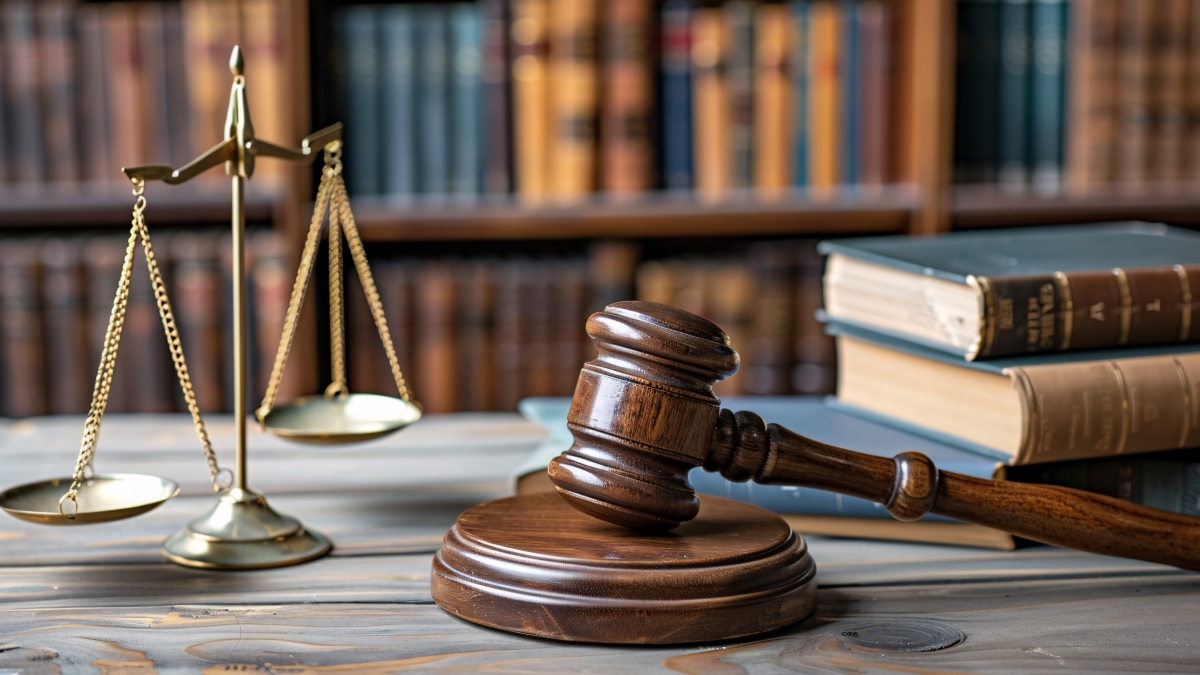
Roofing negligence is a serious issue that can have tragic consequences. Improper installation, inadequate safety measures, and failure to adhere to industry standards not only endanger workers but can also lead to severe legal repercussions. When negligence results in a wrongful death, the responsible parties may face criminal charges alongside civil liabilities. This blog explores the criminal consequences of roofing negligence and how implementing effective security measures can prevent such tragedies from occurring.
Understanding the intersection of criminal liability and safety measures is crucial for both roofing professionals and property owners. By examining the legal ramifications and the role of proactive safety measures, we can better appreciate how to prevent fatal accidents and navigate the complexities of legal and financial consequences.
Table of Contents
Understanding Roofing Negligence and Its Criminal Consequences
Roofing negligence occurs when proper standards and practices are not followed, resulting in unsafe conditions. This can include improper installation techniques, use of substandard materials, lack of proper safety equipment, and inadequate training for workers. Such negligence can lead to catastrophic outcomes, including falls, structural failures, and, in the worst cases, fatalities.
The criminal consequences of severe roofing negligence can be substantial. If negligence is found to be criminally negligent, responsible parties may face charges such as criminally negligent homicide or manslaughter. These charges stem from a failure to exercise the level of care that a reasonable person would under similar circumstances, leading to legal consequences that include fines, imprisonment, and a permanent criminal record.
The Impact of Roofing Negligence on Safety
Roofing safety failures can have dire consequences. Common safety issues include inadequate fall protection systems, use of defective materials, and insufficient training for handling hazardous conditions. For instance, failing to install proper guardrails or safety harnesses can lead to falls from heights, while using substandard materials can result in structural failures.
These safety failures not only increase the risk of accidents but also heighten the likelihood of wrongful death claims. In cases where negligence leads to a fatal accident, families may seek legal recourse, holding employers or contractors accountable for their lapses in safety. The legal system, in turn, examines these failures closely to determine culpability and appropriate penalties.
Moreover, the impact of these safety failures extends beyond immediate physical harm. It affects the psychological well-being of workers and their families, creating long-term emotional and financial stress. Inadequate safety measures can erode trust in the industry, leading to greater scrutiny and stricter regulations. Thus, the ripple effects of roofing negligence emphasize the need for rigorous safety standards and proactive measures to prevent such tragic outcomes.
Role of Security Measures in Preventing Roofing-Related Wrongful Death
Implementing effective security measures is crucial in preventing roofing-related accidents and fatalities. Key measures include using proper safety gear such as harnesses and helmets, conducting regular safety inspections, and adhering to industry best practices and regulations. Regular training for workers on safe practices and emergency procedures also plays a vital role in minimizing risks.
Case studies highlight the effectiveness of these measures in preventing accidents. For example, a roofing company that enforced rigorous safety protocols, including frequent safety audits and comprehensive worker training, significantly reduced the number of workplace injuries and fatalities. By prioritizing safety and compliance, companies can protect their workers and avoid legal consequences.
Legal and Financial Implications of Neglecting Security Measures
Based on one legal practice, neglecting necessary security measures has serious legal and financial repercussions. From a legal standpoint, failing to comply with safety regulations can result in criminal charges and civil lawsuits. The criminal justice system may impose penalties such as fines or imprisonment, while civil courts may award damages to victims’ families for wrongful death claims.
Financially, the costs of negligence can be substantial. Companies may face increased insurance premiums, legal fees, and potential settlements or judgments in wrongful death lawsuits. Additionally, reputational damage and loss of business can further impact a company’s financial stability. These consequences underscore the importance of adhering to safety standards and ensuring that all security measures are in place.
Best Practices for Ensuring Compliance and Safety
Adhering to industry standards and regulations is essential for ensuring roofing safety and legal compliance. Roofing professionals should stay updated on the latest safety guidelines and regulations, including those set by organizations such as the Occupational Safety and Health Administration (OSHA). Implementing best practices, such as conducting regular safety audits, providing ongoing worker training, and maintaining high standards for equipment and materials, is vital.
Practical tips for maintaining safety include establishing clear safety protocols, conducting thorough risk assessments before starting projects, and encouraging a culture of safety within the organization. By prioritizing safety and compliance, roofing companies can prevent accidents, reduce legal risks, and protect both their workers and their business.
Conclusion
Roofing negligence can lead to severe consequences, including criminal charges and wrongful death claims. By understanding the criminal ramifications of negligence and the importance of implementing effective security measures, roofing professionals and property owners can take proactive steps to prevent tragedies. Adhering to safety standards, conducting regular training, and maintaining rigorous safety protocols are essential for protecting workers and avoiding legal issues.
Additionally, the financial and legal repercussions of failing to maintain high safety standards can be profound, affecting not only the immediate parties involved but also the broader industry. Prioritizing safety through regular training, comprehensive risk assessments, and adherence to regulations is key to safeguarding workers and avoiding costly legal battles. As we move forward, fostering a culture of safety and compliance within the roofing industry will be pivotal in preventing wrongful deaths and ensuring justice for affected families. In doing so, we contribute to a safer, more responsible industry that values the well-being of its workers and upholds the highest standards of professional conduct..